A Brief History of St. Patrick's Day Celebrations
The vibrant, emerald-hued festival known as St. Patrick's Day is more than a mere commemoration of Ireland's patron saint; it is a tapestry woven with centuries of tradition, historical ebbs and flows, and cultural metamorphosis.
To explore the origins of this festivity is to uncover a captivating saga that has touched and transformed many corners of the globe. From religious solemnity to colourful parades, from quiet reverence to exuberant revelry, the story of St. Patrick's Day is one of evolution and adaptation.
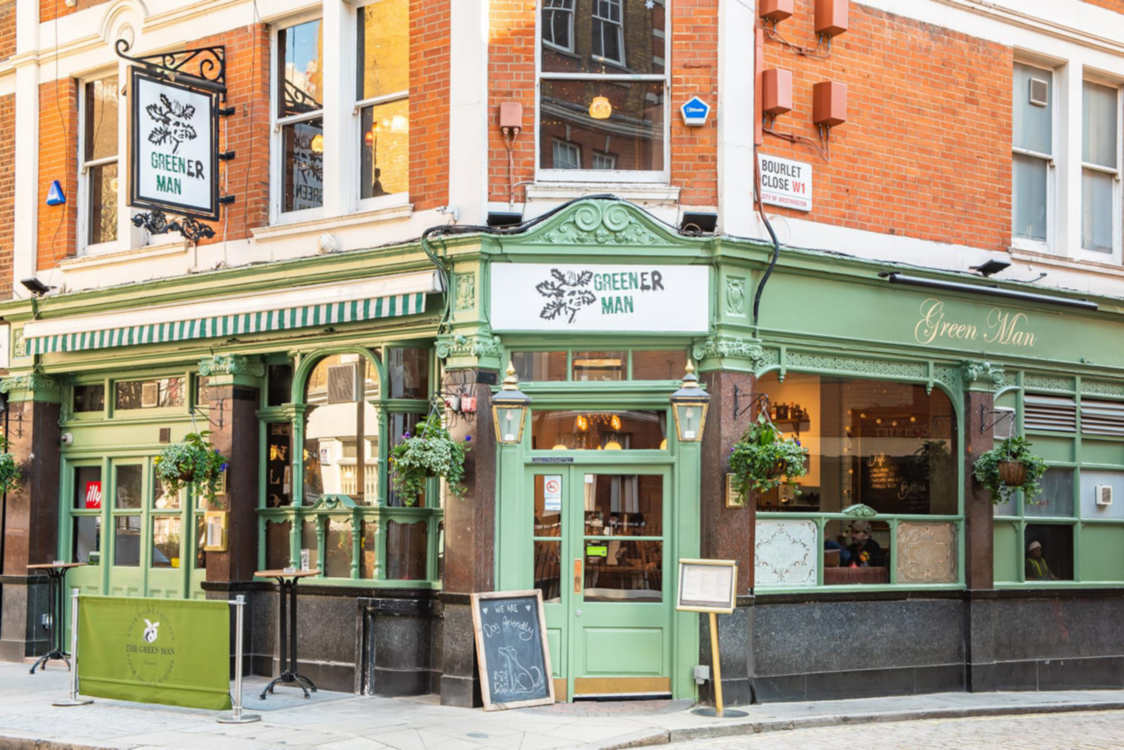
The Origins of St. Patrick's Day
It all began centuries ago, in the early days of Christianity in Ireland. According to conventional lore, the man who would become the patron saint of Ireland was born in Roman Britain in the 5th century.
Kidnapped at the age of 16 and taken to Ireland as a slave, St. Patrick later escaped, only to return to the isle as a missionary dedicated to spreading the gospel.
On March 17, the widely-accepted date of his death, Ireland and many of its diaspora have come to celebrate St. Patrick's Day, a national holiday that once served as a day of religious obligations and prohibitions, including the lifting of Lenten restrictions on food and drink.
From Solemnity to Festivity
The early St. Patrick's Day celebrations were imbued with a sense of religious and national identity. It involved attending church services to commemorate the saint and venerating Irish heritage through the preserving medium of music, dance, storytelling, and, of course, the culinary arts.
The day provided a break from the asceticism of Lent, a season of abstinence for many Christians, and allowed people to partake in toasts and feasting once more. The more familiar elements of parades and the colour green were yet to become staples of the occasion.
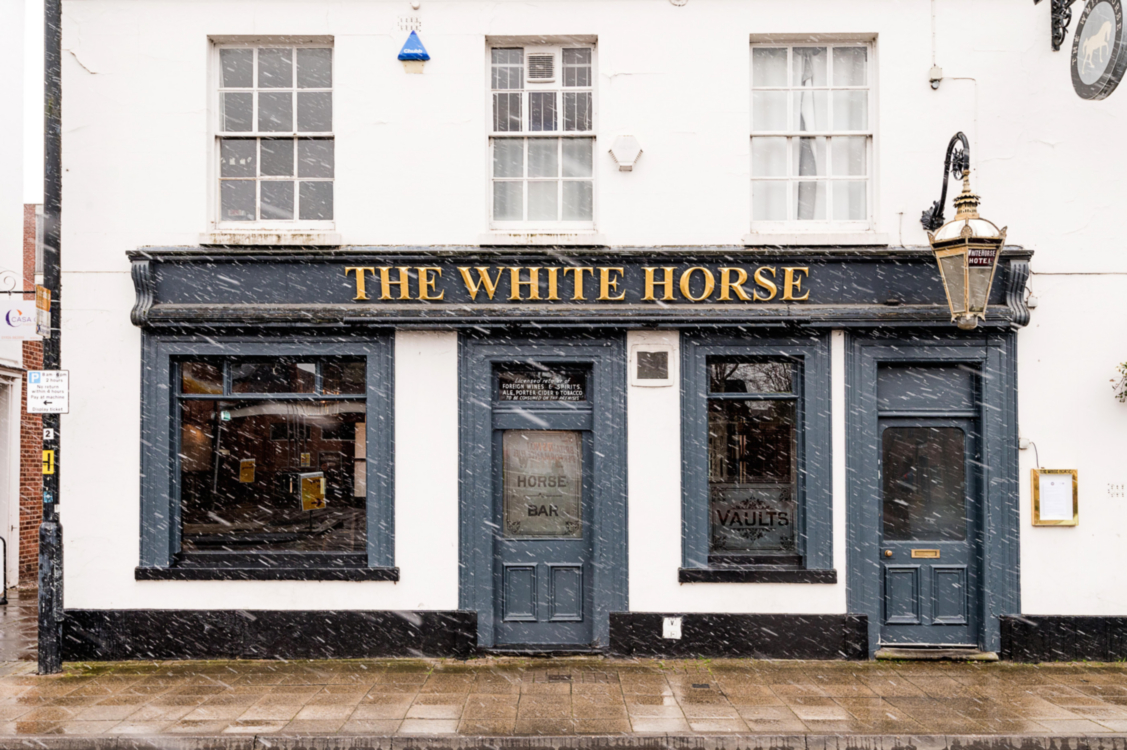
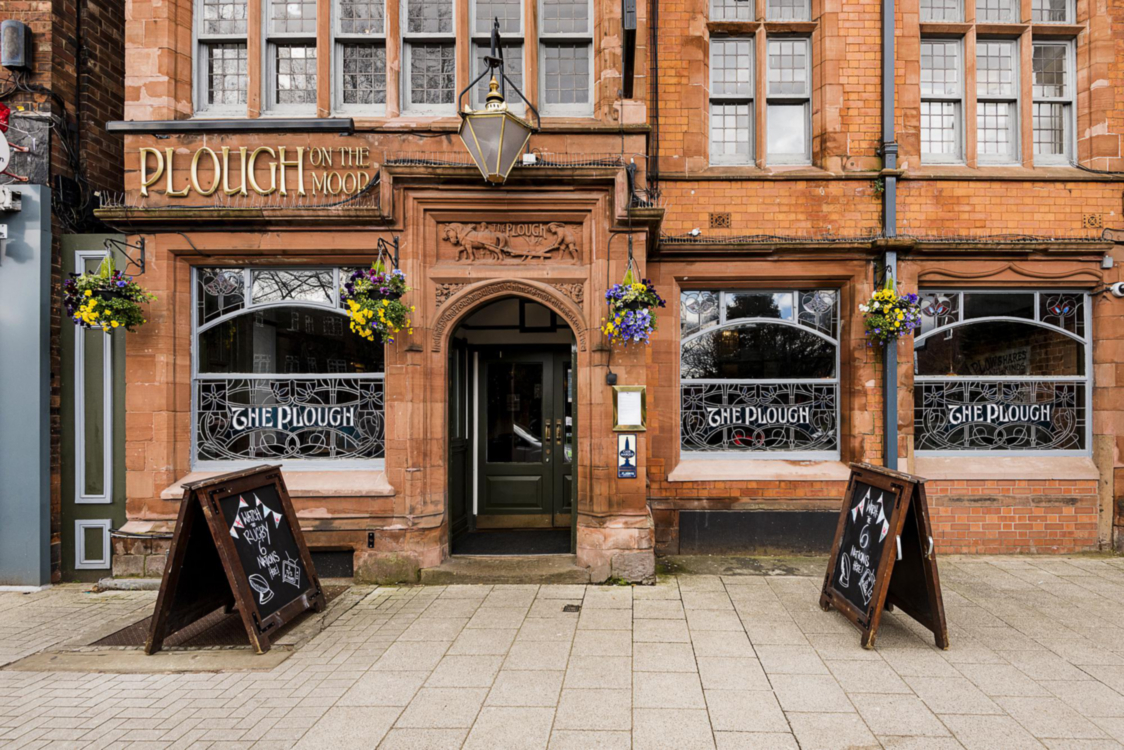
Influences on the Modern Celebration
Several key events and cultural elements played a significant role in shaping St. Patrick's Day into the global phenomenon it is today. Firstly, in the 18th century, Irish soldiers serving abroad introduced the idea of the day's observance to a wider audience. This was then catalysed by the influx of Irish immigrants into the United States, where they sought to connect with their roots and resist the stigmatization they often faced. Here, the parades became both a reclamation of identity and a means of fostering community.
The burgeoning Irish and Irish-American populations' cherished traditions merged with American notions of celebration characterized by pageantry and performance, leading to the development of the modern St. Patrick's Day parade. The incorporation of the colour green was likely linked to the imagery of the shamrock, a symbol often associated with St. Patrick due to the saint's use of its three leaves to explain the concept of the Holy Trinity.
Global Iconography – From Ireland to the World
Over time, St. Patrick's Day continued to transcend its origins and become a global touchstone for celebrations of Irish culture. Observances can now be found on every continent, often drawing on local religious, ethnic, and historical backgrounds.
In Sydney, Australia, the Sydney Opera House is illuminated with green lights. In Kolkata, India, local residents participate in a parade. And in Chicago, the river is famously dyed a vibrant shade of green. This broad appeal speaks to the universality of Irish cultural heritage and the willingness of people worldwide to join in the revelry, if only for a day.
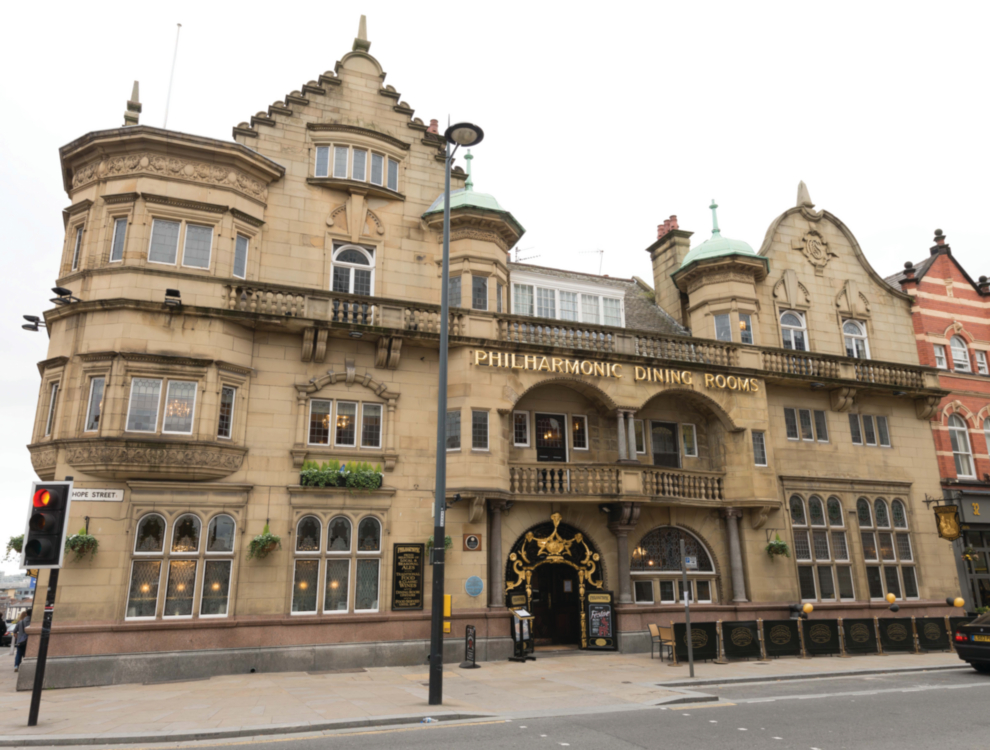
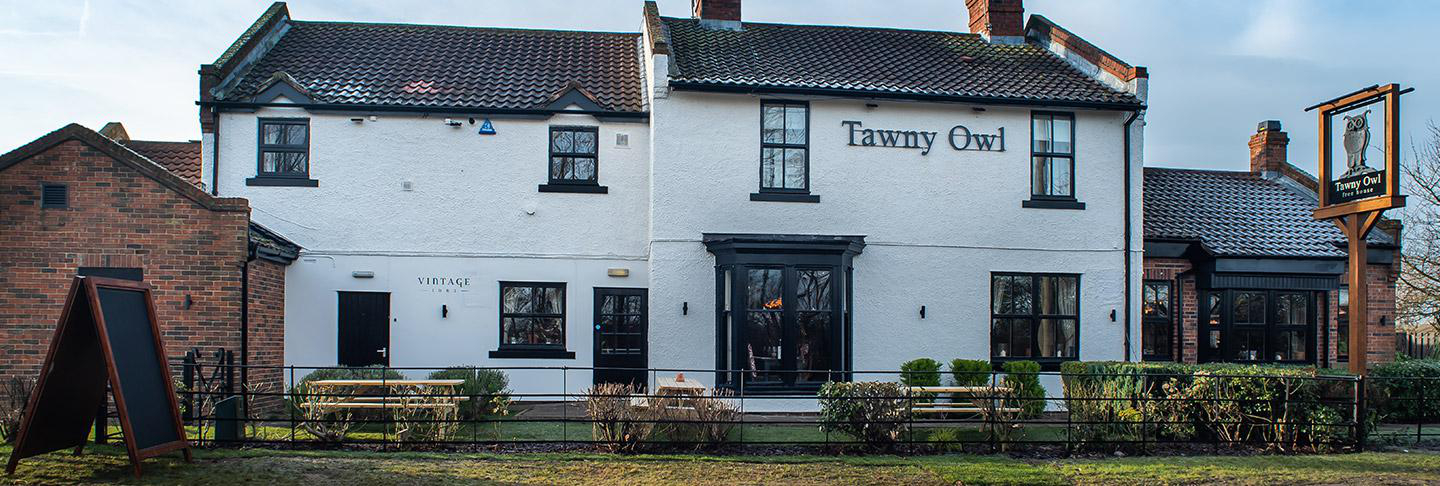
The Contemporary Celebration – A Mix of Tradition and Modernity
The modern St. Patrick's Day celebration is a lively amalgamation of traditional religious customs and contemporary secular observances. Many still mark the day with the familial and community-focused festivities that have long been a staple, including attending Mass, eating a traditional Irish meal, and engaging in folkloric pastimes like ceili dancing and Gaelic sports. However, the holiday has also taken on a more casual, universal appeal, with revellers often donning green apparel, enjoying Irish music and step-dancing, and partaking in the age-old tradition of imbibing the iconic Irish stout.
For some, the holiday has even become a time to reflect on the broader themes of Irish history and identity, particularly in the context of the country's post-colonial experience. It is a day when the global Irish diaspora and their allies celebrate not only St. Patrick's legacy but also the resilience of Irish culture and the spirit of the Irish people.
Navigating the Nuances and the New
In the age of digital connection and heightened cultural awareness, St. Patrick's Day has faced new challenges and opportunities for growth.The holiday's potential to perpetuate stereotypes or commodify cultural symbols is a concern for many, prompting a greater emphasis on educating the public about the subtleties and depth of Irish heritage.
At the same time, social media and virtual platforms have allowed for innovative and inclusive forms of celebration, with live-streamed events, educational content, and virtual networking enhancing the experience for many.
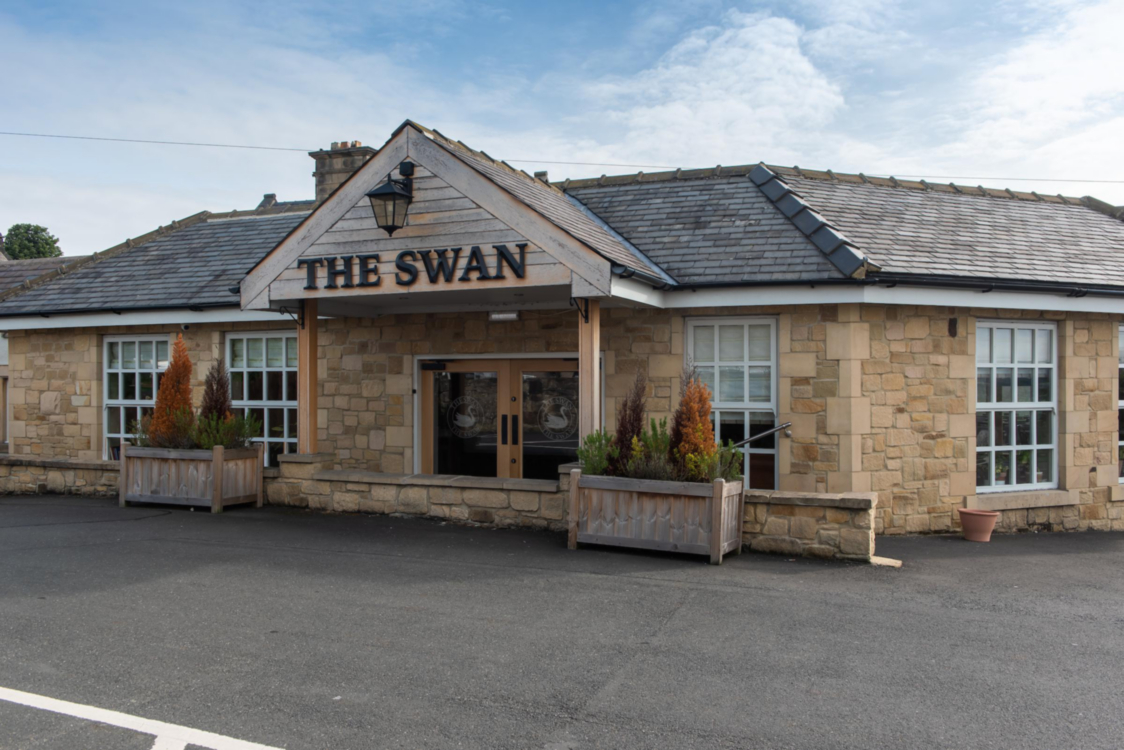
The Green Future of St. Patrick's Day
The question of how St. Patrick's Day will continue to evolve presents an exciting and complex challenge. Can the holiday retain its core values of heritage and community while responding to the changing demographics of the Irish diaspora and the broader audience it attracts? The task for modern-day celebrants is to honour the past even as they shape the future—ensuring that St. Patrick's Day remains a vibrant and inclusive commemoration that enriches the lives and spirits of all who partake in it.
All things considered, St. Patrick's Day stands as a testament to the human impulse to celebrate, connect, and revere. By tracing its storied history, we gain not just a deeper understanding of the occasion itself, but of the universal human experiences it commemorates. Whether enjoying a pint at the local pub or recounting folklore with family, the global community that comes together on St. Patrick's Day is a living celebration of the harmony and diversity possible in our shared human experience. So join the party – whether you’re actually Irish, or just Irish for the day – by searching below and finding the perfect pub near you. Sláinte!